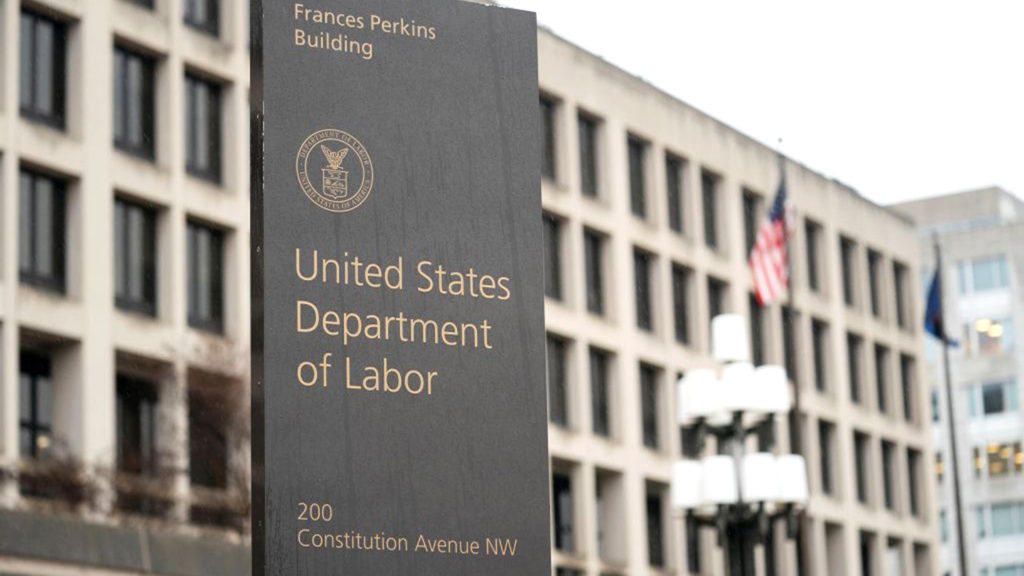
The Occupational Safety and Health Administration is accepting additional comments as it works to establish a final rule meant to protect assisted living and other healthcare workers from exposure to COVID-19 at work, the Department of Labor agency announced Tuesday.
Written comments will be accepted until April 22, and an informal public hearing will begin April 27, OSHA said. Those who wish to testify at the hearing, which will be held online and could continue for several days, must notify OSHA within two weeks of the notice’s publication in the Federal Register, which is expected to occur today.
OSHA initially announced a COVID-19 healthcare emergency temporary standard in June. It required assisted living communities and other healthcare settings to conduct hazard assessments and have written plans to mitigate the spread of the coronavirus; called on healthcare employers to provide some employees with N95 respirators and other personal protective equipment; and included social distancing, employee screening, and cleaning and disinfecting protocols.
In late December, however, the agency withdrew the “non-recordkeeping” parts of the standard because it could not complete a final rule in a timeframe called for by the Occupational Safety and Health Act of 1970. At the time, the agency promised to “work expeditiously to issue a final standard.”
Among the potential changes to the previously issued emergency temporary standard that OSHA is considering, the agency said in a 23-page PDF of the notice published Tuesday, is whether it should align its rule with Centers for Disease Control and Prevention infection control procedures and whether to relax provisions related to face masks, barriers and physical distancing “for vaccinated workers in all areas of healthcare settings, not just where there is no reasonable expectation that someone with suspected or confirmed COVID-19 will be present” and in healthcare settings where a “high percentage” of staff members are vaccinated. (OSHA is accepting comments on what would constitute a high percentage.)
Additionally, OSHA said it is considering adjusting the amount of paid time off or sick time employers are required to provide employees to get vaccinated or recover from COVID-19.
The agency said it does not plan to include an employee vaccination requirement in the final rule, although it is considering requiring employer support for employees who wish to stay up to date on vaccination and boosters in accordance with recommendations from the CDC and its Advisory Committee on Immunization Practices.
The American Health Health Association / National Center for Assisted Living, Argentum and the American Seniors Housing Association all told McKnight’s Senior Living that they plan to provide feedback to OSHA.
The organizations, as well as LeadingAge, together and individually had commented on the COVID-19 healthcare emergency temporary standard in August, before parts of it were withdrawn.
In a joint letter at the time, the groups’ leaders told OSHA that any of the standard’s requirements already were in place at most long-term care communities and that it would be a “burden” and confusing to have to follow “similar but different guidance from multiple agencies.”
“We request that OSHA work with long-term care providers to develop airborne infectious disease standards that are feasible, protect employees, and can serve in various outbreaks to allow for providers to be fully prepared and supported in these efforts. Each of our organizations would be willing to work with OSHA on this and help with identifying stakeholders to participate in these efforts,” they said.
In its Tuesday notice, OSHA reminded employers that as the agency works toward a permanent regulation, organizations must continue to meet their obligations under the general duty clause, personal protective equipment and respiratory protection standards and other applicable OSHA standards to protect their employees against the hazard of COVID-19 in the workplace. The agency has published compliance assistance materials and additional information for employers on its website.



